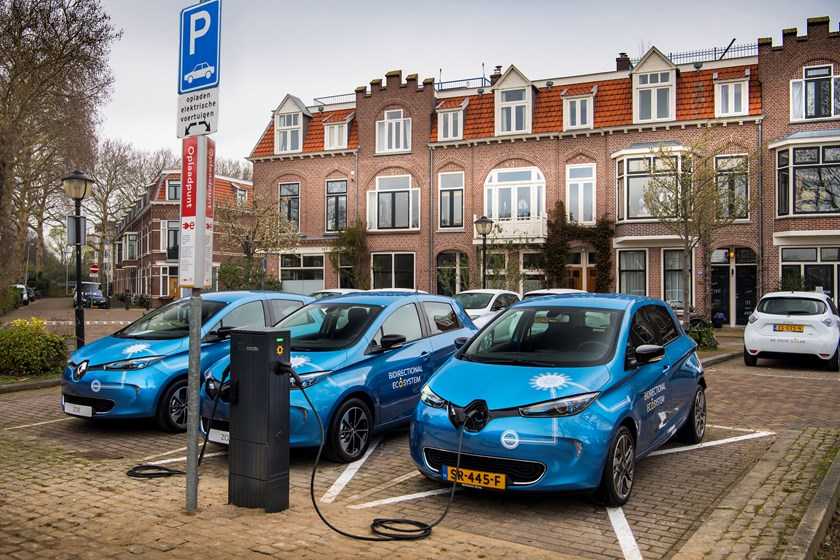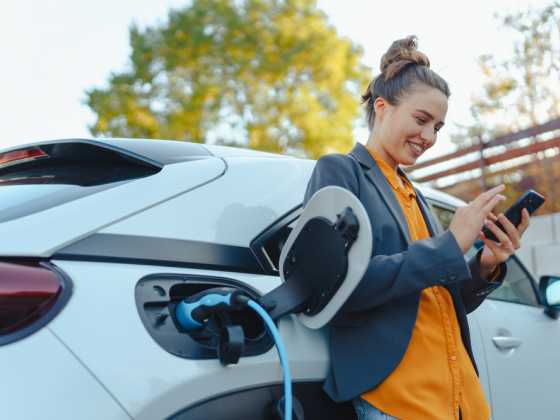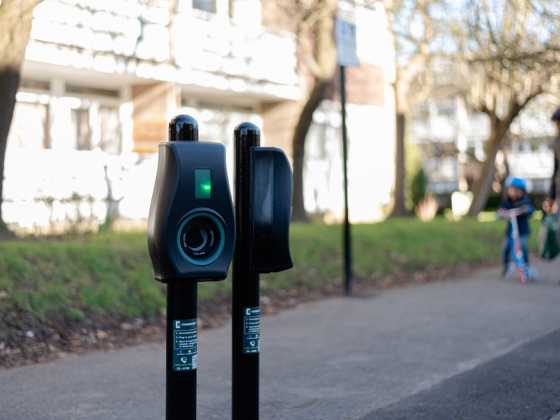Renault starts vehicle-to-grid charging pilot

Renault has begun a large-scale vehicle-to-grid pilot scheme which sends power from an electric vehicle back to the grid by placing reversible charging units aboard the cars.
A fleet of fifteen Zoe vehicles with vehicle-to-grid charging will be introduced in Europe over the course of 2019. The pilot was launched in Utrecht, Netherlands in an ecosystem developed by We Drive Solar and on Porto Santo Island (Madeira, Portugal) with Empresa de Electricidade da Madeira, an energy supplier. More pilot schemes will be introduced in France, Germany, Switzerland, Sweden and Denmark.
Gilles Normand, Groupe Renault’s director of electric vehicles, said: “With this initiative, Groupe Renault is fully fulfilling its role as a leader in electric mobility for all and as a player in the energy transition.
"Vehicle-to-grid charging is a key pillar of the smart electric ecosystems that Groupe Renault has set up. We have chosen onboard technology that also optimizes the cost of recharging stations and thus facilitate a large-scale development.”
Vehicle-to-grid charging, also called reversible charging, modulates the charging and discharging of electric-vehicle batteries in accordance with users’ needs and the grid’s supply of available electricity.
Charging reaches its maximum level when the electricity supply exceeds demand, notably during peaks in production of renewable energy. Vehicles are also capable of injecting electricity into the grid during peaks in consumption. Electric vehicles can therefore serve units of temporary energy storage and become key drivers in the development of renewable energy.
In this way, the electricity grid optimizes the supply of local renewable energy and reduces infrastructure costs. At the same time, users benefit from greener, more economical consumption of electricity and are financially rewarded for serving the electricity grid.



